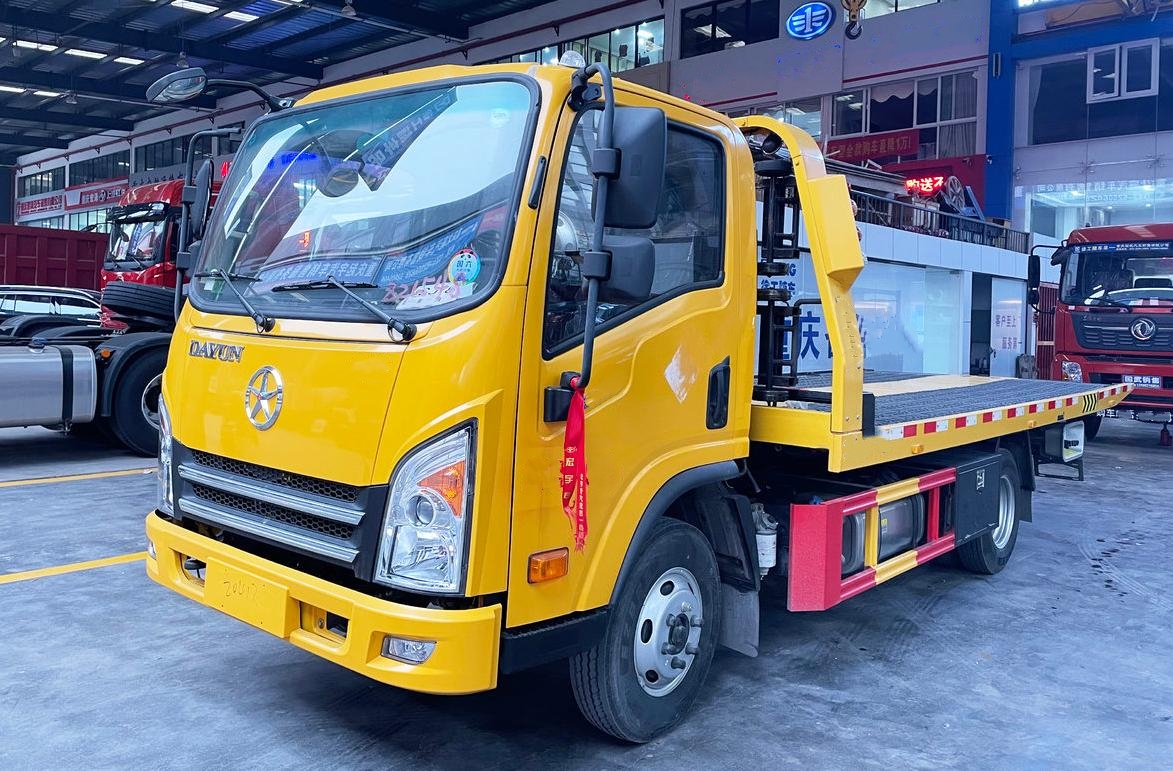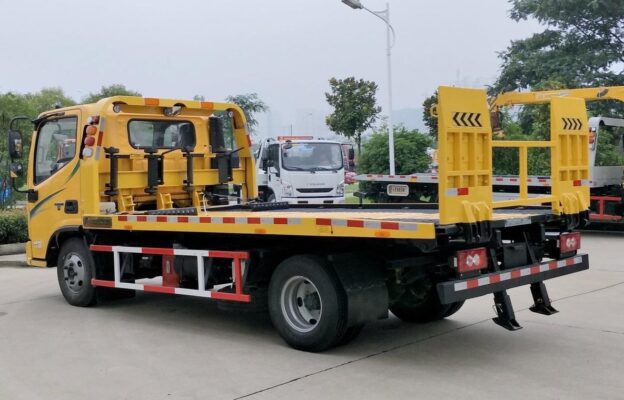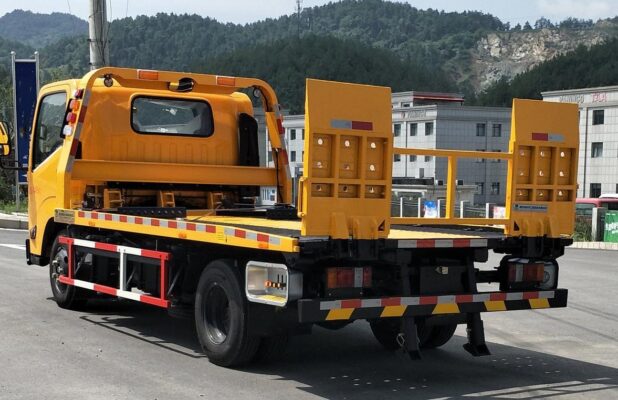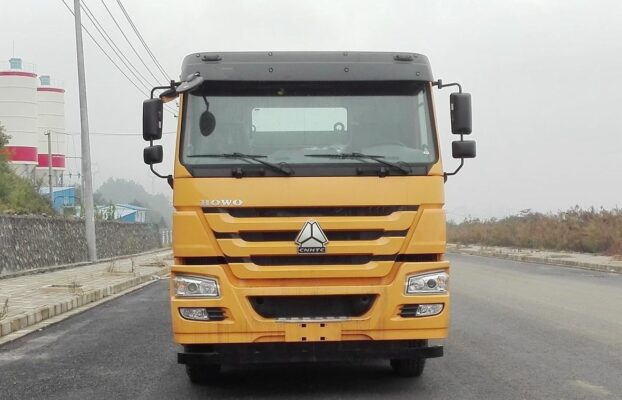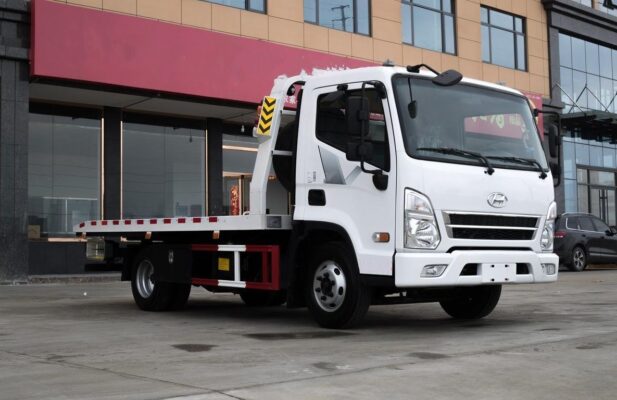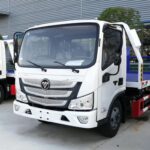Lifting machinery, classified as one of the eight categories of special equipment, has seen persistently high accident rates in recent years. These incidents stem from multiple factors, including outdated standards, lack of design foresight, low-level manufacturing practices, poor installation quality control, and insufficient management during the equipment’s usage phase. To curb this trend, updated industry standards, rigorous inspection protocols, and robust operator training programs must be implemented. This analysis delves into the primary reasons behind the high incidence of accidents in lifting machinery and outlines effective countermeasures to enhance safety.
Reasons for the High Accident Rate in Lifting Machinery
1. Outdated Standards
One of the significant contributors to lifting machinery accidents is outdated regulatory standards. The design, manufacturing, and safety standards for lifting machinery have failed to keep pace with industry advancements. For instance, the “Crane Design Standards” GB3811-1983 and the “Lifting Machinery Safety Regulations” GB6067-1986, developed in the 1980s, have served as the foundation for equipment design and safety requirements for decades. Although these standards were effective at the time, they no longer meet modern industry demands.
Rapid advancements in materials, engineering techniques, and mass-production capabilities necessitate more robust and comprehensive safety regulations. אוּלָם, the update to the “Lifting Machinery Safety Regulations” that occurred in 2009 still falls short of addressing emerging safety concerns. The discrepancy between inspection standards and the current regulations has left inspection agencies without clear, updated procedures, leading to inconsistencies and potential safety risks during inspections.
2. Lack of Design Foresight
In the design phase, certain manufacturers overlook critical aspects, such as load conditions under varying working environments, which compromises the overall safety of lifting machinery. Key design components, like the hoisting mechanism’s braking system, play a vital role in preventing accidents. Most lifting machinery relies on electromagnetic brake systems, yet the reliability of these brakes depends significantly on the electrical control systems that govern the machinery’s functionality.
Unfortunately, Chinese lifting machinery has long struggled with inadequate electrical control system design. This weakness, especially evident in the braking mechanisms of lifting machinery, has been a persistent issue for over two decades. Without foresight in design to anticipate potential stressors and failure points, manufacturers produce machinery that may be inherently unsafe for specific applications, which can lead to equipment failure and accidents.
3. Low-Level Manufacturing Processes
China’s lifting machinery industry continues to lag behind European and American standards, making it challenging for Chinese manufacturers to compete on the global stage. Many domestic manufacturers lack the resources or technological expertise to enhance the safety and functionality of their products. יֶתֶר עַל כֵּן, small and medium-sized enterprises (SMEs) in the lifting machinery sector face intense competition, which limits profit margins and restricts investment in research and development.
As a result, the products from these companies tend to have lower technical content and may not incorporate advanced safety features that are standard in other countries. This low level of manufacturing has significant safety implications, as the machinery may not perform reliably under certain conditions, leading to an increased risk of accidents.
4. Poor Installation Quality Control
Quality control during the installation phase is crucial for the safe operation of lifting machinery. Traditionally, installation inspections focus solely on the final inspection rather than monitoring the entire installation process. This approach means that quality control largely depends on the skill and qualifications of individual installers, and without clear process control standards, poor installation practices can lead to severe safety hazards.
The lack of supervised installation quality control is especially problematic because the assembly process essentially continues the manufacturing phase, often under less controlled conditions. אוּלָם, the revised safety regulations, effective from April 1st, now require supervision inspections throughout the installation process, which should improve overall installation quality and reduce accident rates.
5. Inadequate Usage Management
The improper management of lifting machinery during its operational phase is another significant factor contributing to the high accident rate. Many accidents occur because operators lack adequate training or do not have a strong understanding of safe usage practices. The rise of private enterprises and the restructuring of state-owned companies have made it challenging to ensure that all operators are certified and competent.
Moreover, safety management for lifting machinery is often neglected in private enterprises due to a lack of awareness or concern among owners. Equipment management, including routine inspections and preventive maintenance, is also frequently overlooked. Many companies lack an annual maintenance plan for their lifting machinery, leading to wear and tear that compromises safety. Violations of operating procedures, such as overloading or operating machinery at excessive speeds, are common causes of accidents.
Other Contributing Factors
Additional factors influencing the high incidence of accidents in lifting machinery include the surrounding operating environment, incorrect load classifications, and illegal or uncertified production of machinery. Poor environmental conditions, such as exposure to extreme weather or unstable surfaces, can place undue stress on the machinery, increasing the likelihood of accidents. Similarly, failure to accurately classify loads can result in equipment operating outside of its design limits, compromising safety.
Effective Measures to Reduce Accidents in Lifting Machinery
To reduce accidents in lifting machinery, it is essential to address the factors contributing to these incidents. The following countermeasures aim to enhance safety standards, improve manufacturing processes, enforce stricter installation and operational controls, and bolster operator training and supervision.
1. Prompt Revision of Technical Standards
To reflect current industry practices and technological advancements, the technical standards governing lifting machinery should be promptly revised. This includes harmonizing standards with international norms, particularly in the area of hoisting mechanism braking systems. For instance, incorporating auxiliary electrical braking systems can help ensure safer and more reliable braking mechanisms. Revising technical standards will provide clearer guidelines for manufacturers, inspectors, and operators, which can help reduce accidents and improve overall safety.
2. Encouragement of Joint Ventures and Advanced Technology Adoption
Encouraging joint ventures between domestic and international companies is essential for introducing advanced technologies into the Chinese lifting machinery industry. This collaboration can increase the technical content, safety performance, and overall manufacturing quality of domestic machinery. By adopting advanced foreign technologies and integrating them into local manufacturing practices, Chinese companies can produce higher-quality lifting machinery that meets international safety standards.
3. Strengthening Industry Supervision and Management
To ensure that only high-quality lifting machinery is produced and used, regulatory authorities must strictly enforce laws against illegal production and manufacturing beyond approved scopes. Providing policy support to manufacturers of technologically advanced and high-safety machinery, while phasing out companies with low standards, is critical for enhancing industry safety. Manufacturers should also be encouraged to recruit skilled control system experts who can introduce innovative design concepts to improve the safety and reliability of their products.
4. Rigorous Training and Certification of Operators
To reduce accidents due to operator error, all lifting machinery operators should undergo rigorous training and certification. Regulatory bodies must ensure that operators are adequately trained and certified to handle lifting machinery. Enterprises should also provide regular on-the-job training focused on responsibility and adherence to safety standards. Standardized operating procedures, routine inspections, and heightened safety awareness among employees can further reduce the incidence of accidents.
5. Shifting the Inspection Supervision Approach
Historically, supervision of lifting machinery has centered on final inspections. אוּלָם, recent changes require inspectors to monitor the entire manufacturing and installation process. By focusing on potential weaknesses during production and assembly, inspectors can identify and correct issues before the machinery reaches the operational phase. Training inspectors to adapt to the revised regulations and emphasizing comprehensive inspection guidelines can enhance overall safety outcomes.
6. Enhanced Supervision and Communication on Construction Sites
Establishing a system for continuous communication between construction site managers and equipment inspectors is crucial for ensuring that lifting machinery with safety issues is not used until necessary corrections have been made. By improving coordination, construction sites can prevent the use of unsafe equipment, thereby reducing the likelihood of accidents. בְּנוֹסַף, supervisors should implement real-time monitoring to track the machinery’s operational status and swiftly address any emerging safety concerns.
7. Improving Installation Quality Control
To address the safety risks posed by poor installation practices, a quality control framework must be established to monitor each step of the installation process. Rather than focusing solely on final inspections, quality assurance should cover the entire installation process, with inspections conducted at each critical stage. Clear installation standards should also be established to guide workers, especially in environments with lower levels of control. Such measures will ensure that machinery is installed correctly and is fully operational before use, reducing the risk of accidents.
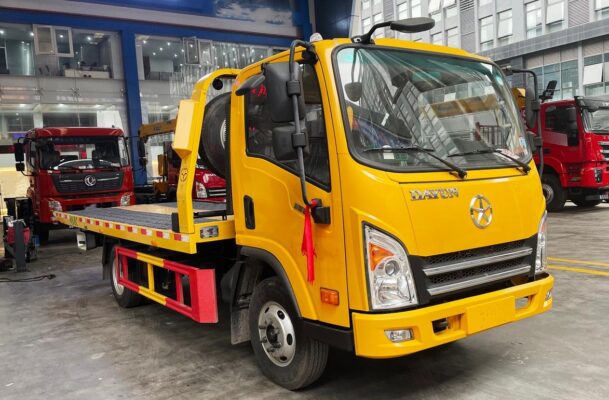
לסיכום, the high incidence of accidents in lifting machinery stems from a combination of outdated standards, inadequate design foresight, low-level manufacturing processes, poor installation quality control, and insufficient operational management. Addressing these issues requires prompt revision of technical standards, encouragement of advanced technology adoption, rigorous operator training, and strengthened supervision throughout the equipment’s lifecycle. By implementing these measures, the lifting machinery industry can reduce accident rates, improve operational safety, and ensure a safer working environment for all involved.

